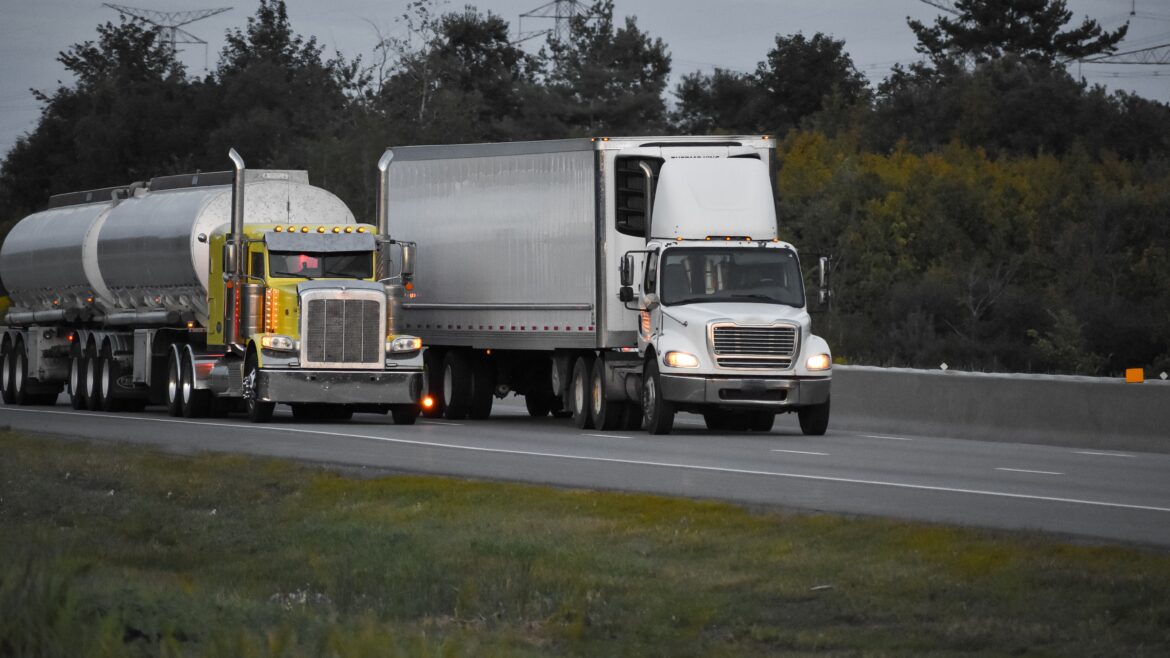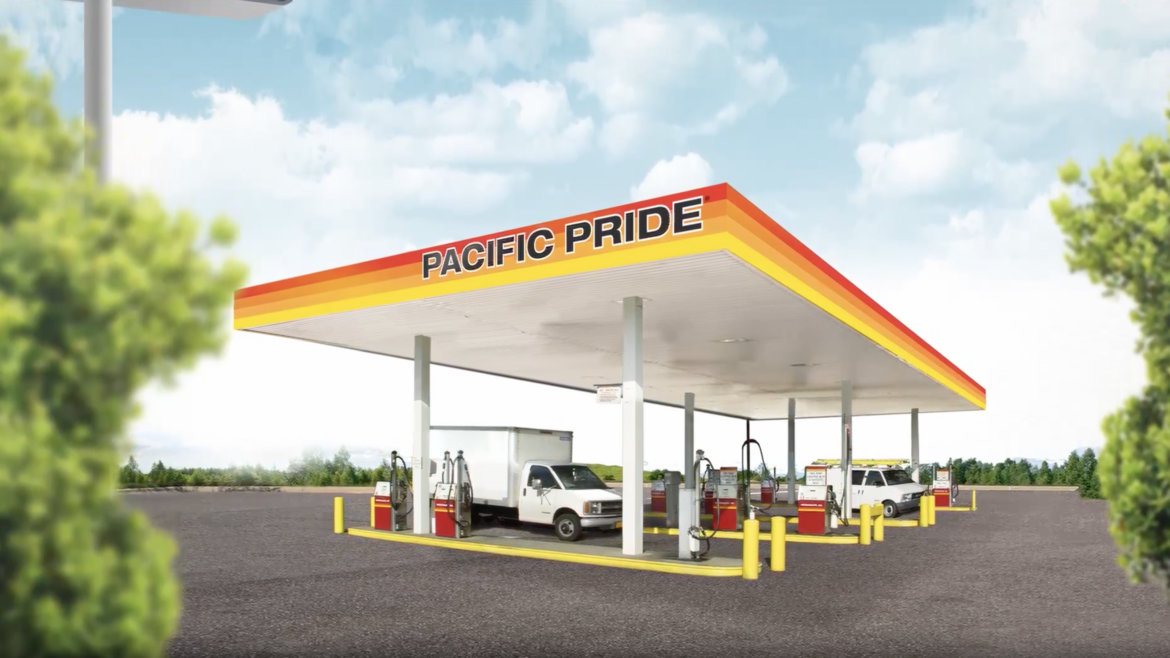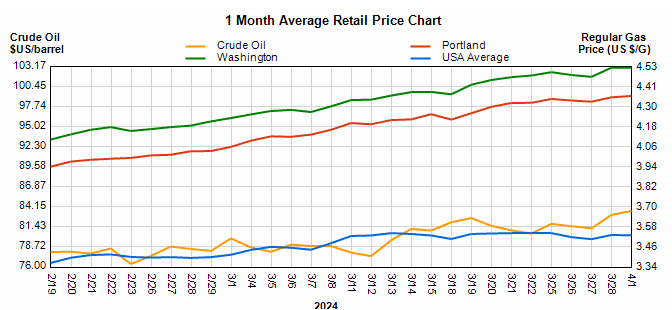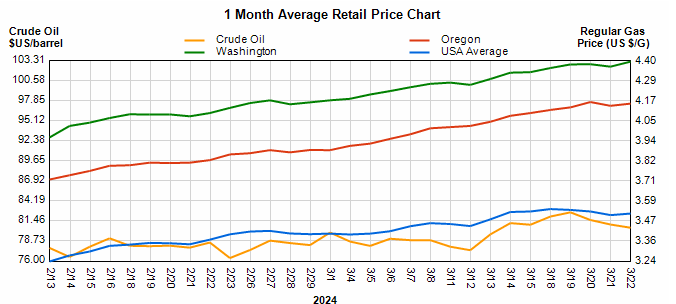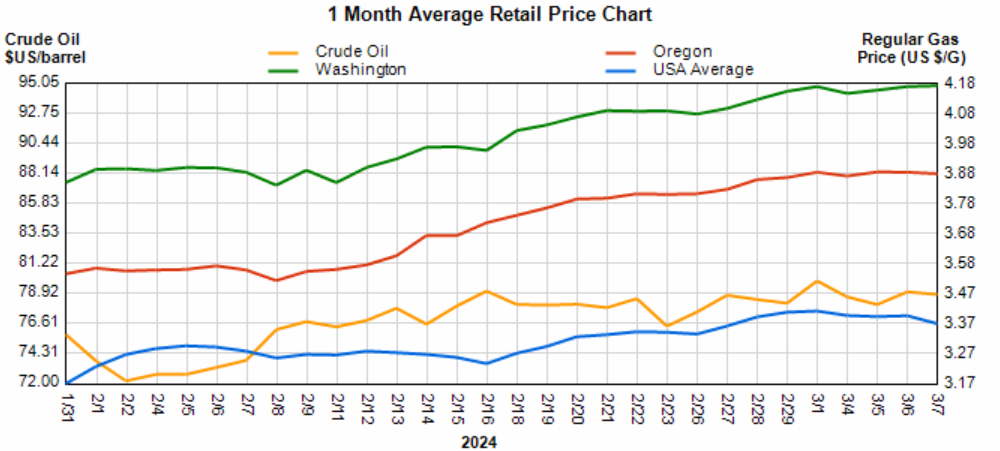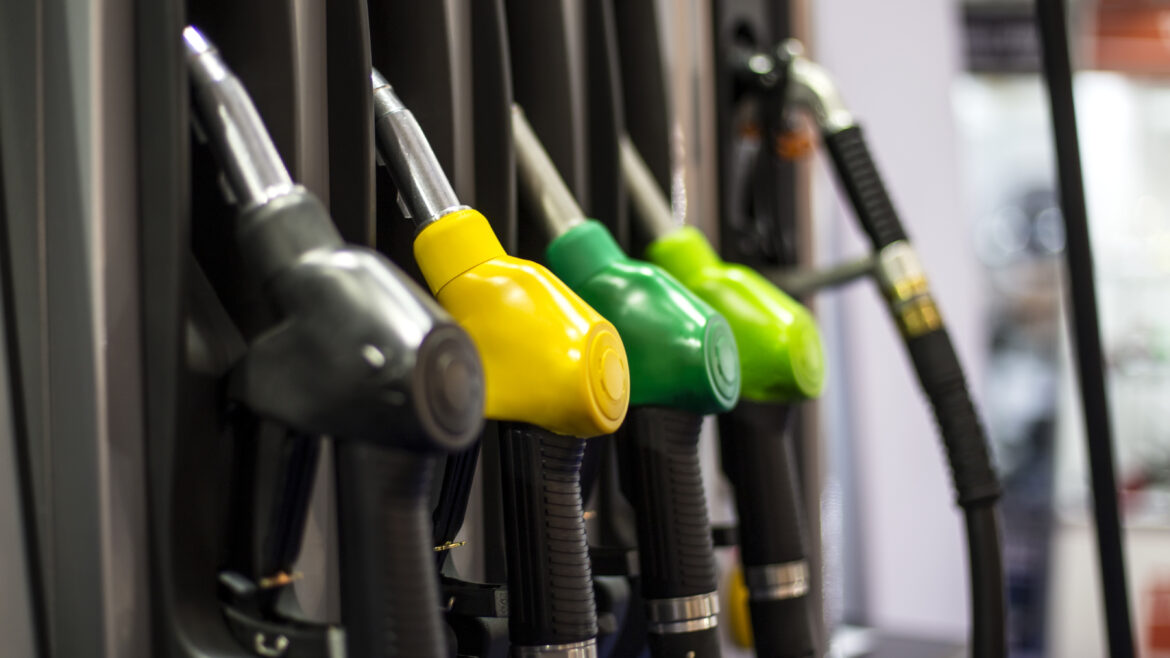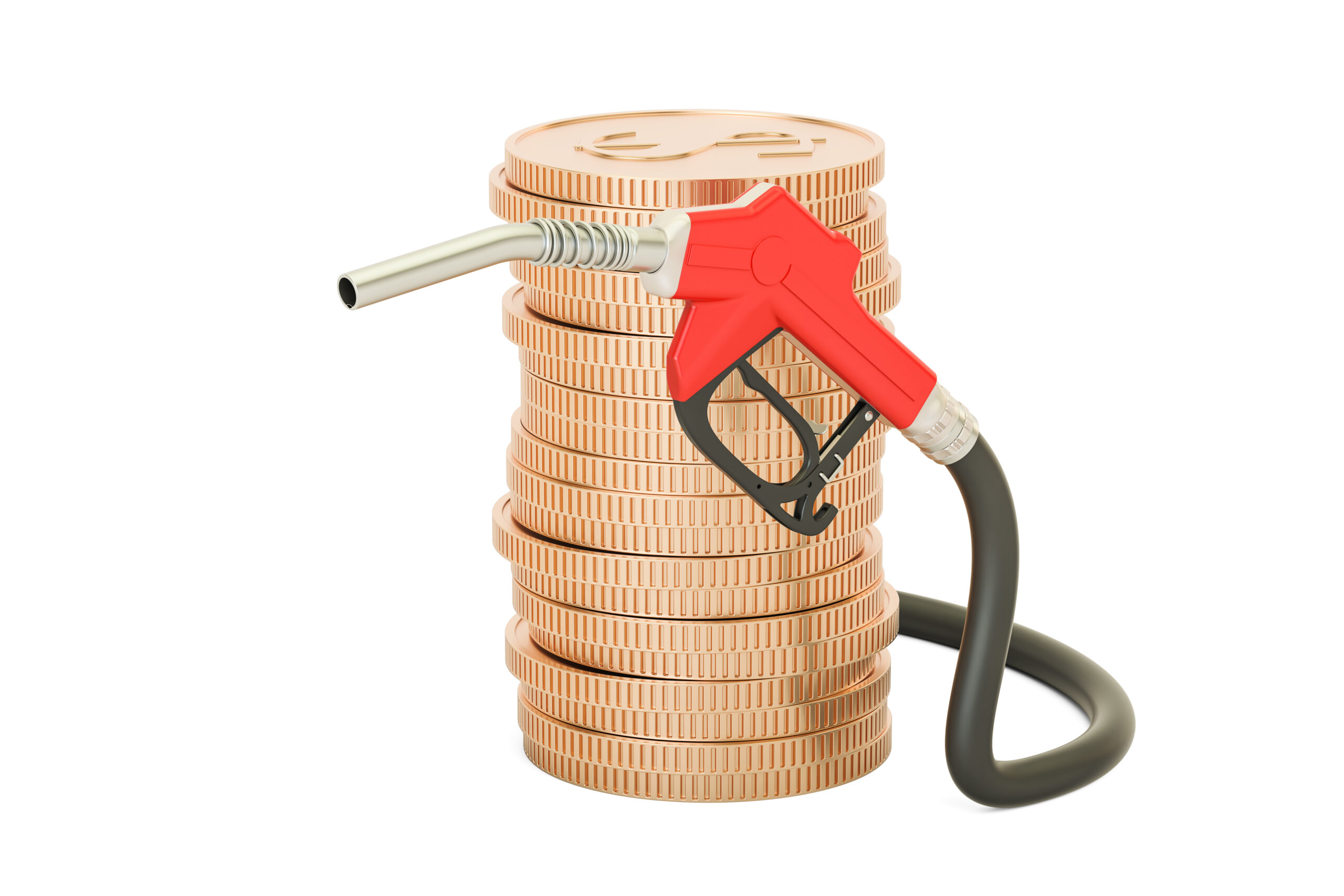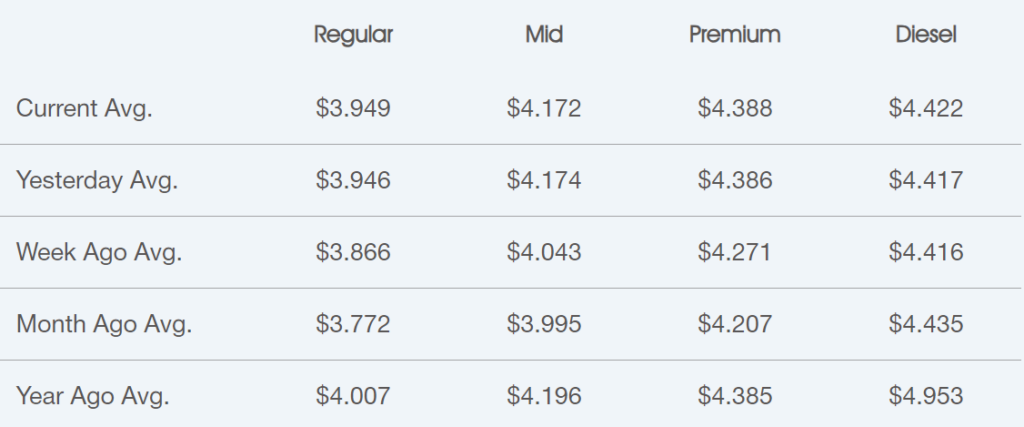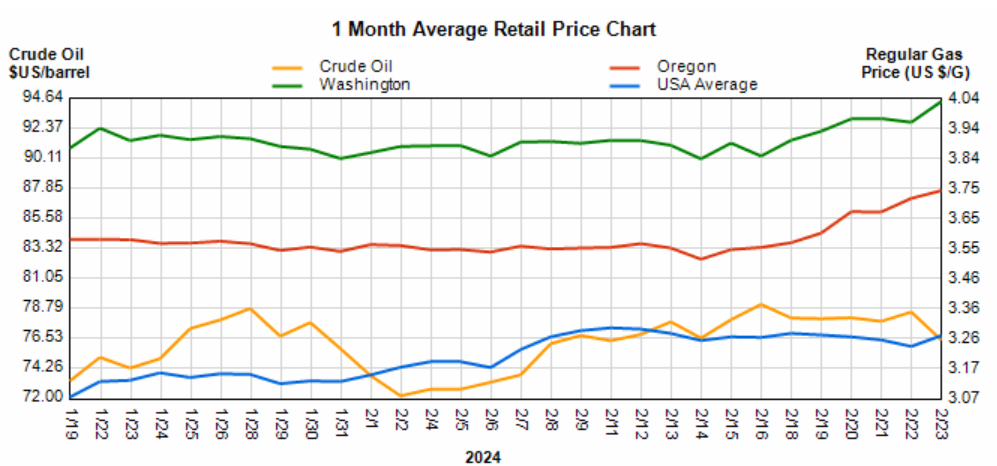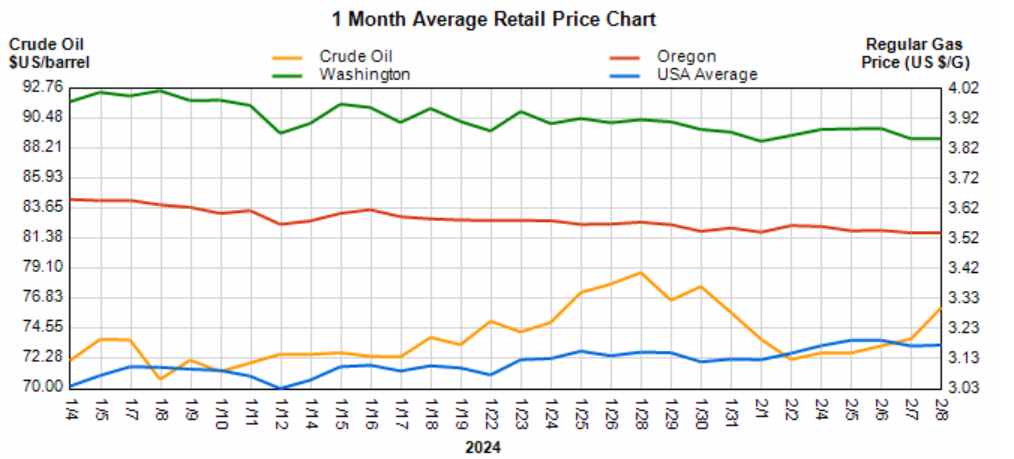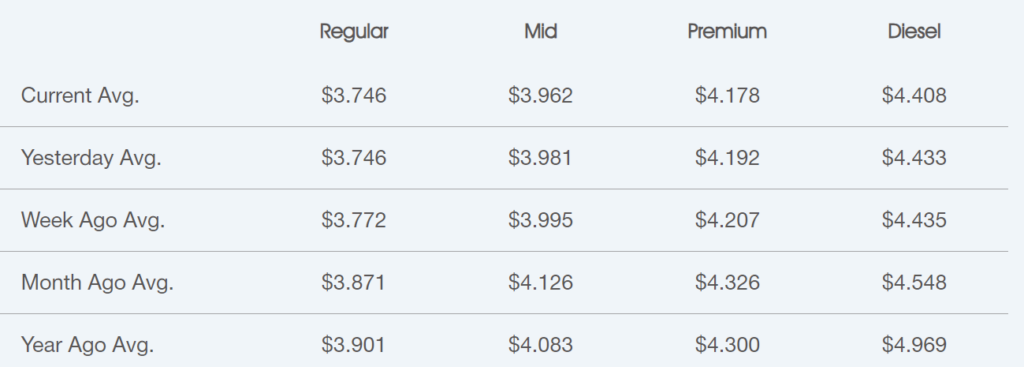Fuel Market Report: March 31st – April 6th, 2024
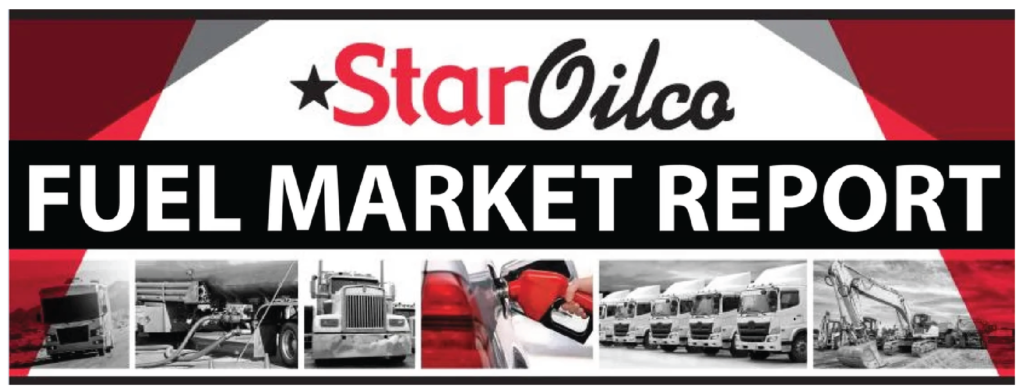
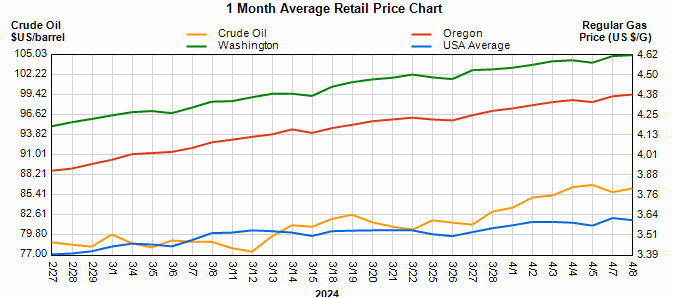



Oregon Fuel Price Variance
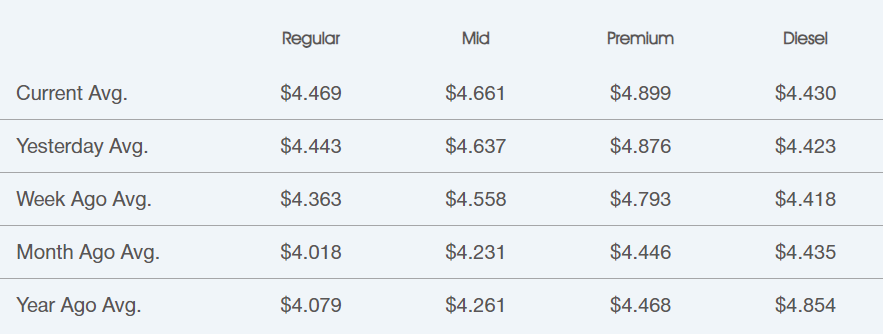
Fuel Market News
Don’t let April Fool’s Day trick you, fuel prices are on the rise. The fuel market experienced significant price jumps for both gas and diesel this past week. Retail gas prices jumped $0.12, while diesel jumped $0.05. The wholesale market also bounced up this past week as rack averages bumped up $0.10 for gasoline and $0.17 for diesel. As we get into April and May it is likely we will see diesel in the $4.50-$5.00 range, as gas has already entered this range. Oil is above $80/barrel for the fourth week in a row, at a current price of $85.21/barrel. This is one of the main contributors to the higher fuel prices we have seen in recent weeks.
Oil prices are still above $80/barrel for the third time this month. This is one of the main contributors to the higher fuel prices we have seen in recent weeks.
Reasons For Higher Prices:
- Oil Prices Over $80, currently $85.21/barrel
- Summer Blend Of Fuel
- Increasing Demand For Gas
Crude oil is trading above $80 for the third week at a current price of $85.21/barrel. $0.25 lower than last week, as oil prices trended downward slightly, this past week.
Crude oil is the main ingredient for gasoline and diesel. Per AAA, on average about 50% of what you pay at the pump is the price of crude oil, breaking down as 25% refining, 11% distribution & marketing, and 14% taxes—a helpful breakdown for consumers wondering why they are paying the prices that they pay. Crude Oil is trading at $85.21 per barrel compared to $85.46 last week and $87 a year ago.
It’s essential to recognize that fuel prices result from a complex interplay of the factors mentioned above and other factors regionally. Additionally, prices may vary by specific regions within Oregon and Washington. For the most precise and up-to-date information on fuel prices and the causes for these price changes within your area, use the links below for AAA & GasBuddy.
If you have any questions, feel free to contact Star Oilco and speak to one of our fuel market advisors to discuss how the market can impact your business.


